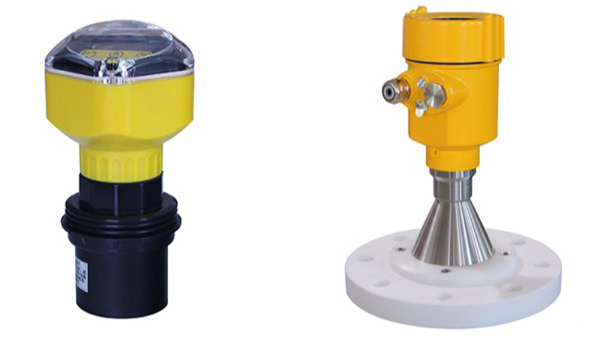1. Consider the physical and chemical properties of the measured medium. The main reason for considering the medium when selecting the type is that the properties of the medium can affect the measurement effect.
For example, the dielectric constant of the medium has a great influence on the radar wave emitted by the radar level meter. The smaller the dielectric constant, the more serious the scattering of the radar wave, resulting in a weakened return signal and even an unmeasurable situation.
2. Consider the changes in operating conditions during operation. In industrial production, the medium in the storage tank may experience temperature changes, density changes, etc. during operation. These changes have a certain impact on some level meters. Therefore, when selecting the type, this should not be ignored.

3. Consider the storage tank in which the medium is to be stored. The perspectives to be considered include the shape, size, structure, inlet, and outlet of the storage tank as well as obstacles within the tank.
In the case of radar level meters, for example, this relates not only to the selection of the radar level meter but also to the installation of the radar level meter. Therefore, more attention must be paid.

4. Consider the measurement environment. By environment here we mean mainly whether it is toxic, whether it is flammable, and whether there is a risk of explosion, etc.
For example, radar level meters are available in standard, intrinsically safe, and explosion-proof types. If the working environment in which the radar level meter is located has an explosion and other hazards are found, it is best to choose an explosion-proof type of radar level meter.
Compared to tanks used only for the storage of liquids, the process tank working conditions are more complex, and more problems will be encountered. Therefore, when choosing a level meter, you must give more consideration to the above aspects so that you can choose the right radar level meter.
